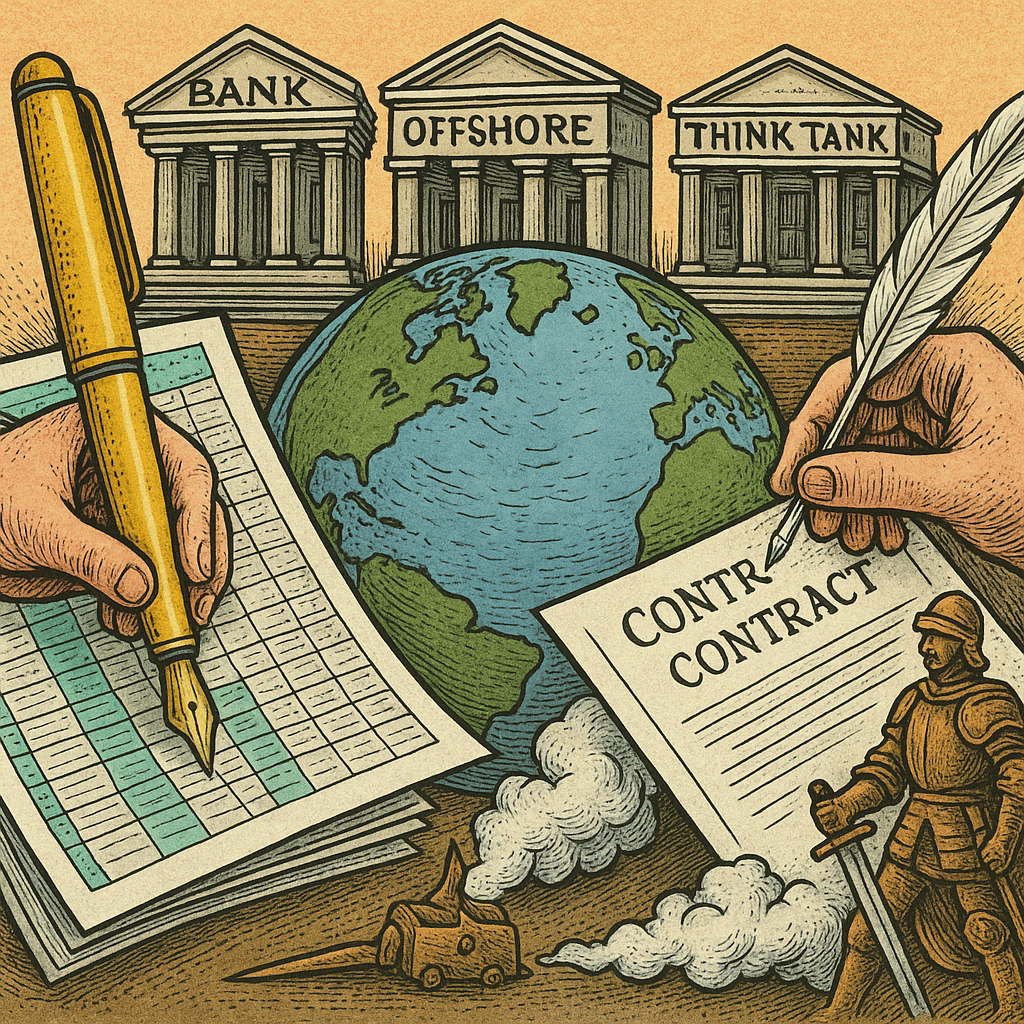Factors affecting the price of gold.
Generally, as we saw in a previous post, the price of gold in USD is affected by three factors: interest rates, inflation and risk levels eg geopolitics.
https://youtu.be/diQhegS7fPQ?si=5R0lNrjmbIYi6Ocx
https://youtu.be/Z3F4DJWquL0?si=w25PZbgdAA3CRKEW
https://youtu.be/PTZ3qAYwYAE?si=GZJVXGvgWpaPunF1
The signs are that gold is heading to 3,000 USD a Troy ounce and this is because the BRICS are now trading more and more in their own currencies, and their currencies are backed by gold, so there will be a demand for gold. Indeed.
Since 2022 with the war and the theft of Russian sovereign assets, Central banks have been buying gold. The euro dollar is about twelve times the size of the world's gold assets, so a change away from US treasuries towards gold would squeeze up the price. Central banks ex china and ex russia account for about fifty to sixty percent of gold purchases since 2022.
Putin has said the BRICS are not going for a common currency. What does this mean? Well, if they are to gradually de-dollarise and trade in their own currencies, then there must be some exchange rate mechanism, and this would probably be by each currency tying its value to the price of gold. That's what Jim Rickards was surmising, a year or two ago.
Plus of course, there's geopolitical uncertainty with wars in Ukraine and the Middle East and uncertainty over China and this means a flight to gold and the US dollar, seen as stable in troubled times
Plus there's the upcoming US presidential election, which is looking increasingly certain to go in favour of Trump, which means more short-term uncertainty.
It is difficult to fathom out all the weightings to assign to the multiple cause-and-effect factors even for the price of gold between now and the end of the year, still more unpredictable going forward to next year 2025.
We could expect geopolitical risks, BRICS actions, and the US election to continue conditioning gold’s outlook, potentially driving it higher in the short and medium term. But who knows, volatility and competing factors, like inflation and US monetary policy, will also impact its movement.
Float away the debt
It's not much talked about in the Main Stream Media for obvious reasons, but US government expenses are six trillion and receipts are four trillion, so there's two trillion to borrow or print each year. If the treasury borrows, it will have to offer higher interest rates in view of the risks of holding dollars. and if it prints, this will raise inflation.
The government could cut spending on social or defence or interest on the debt. Everyone says that's impossible and inconceivable, but then they do it.
But surely the only possible solution is one that we talked about many years ago at the time of the GFC, which is to inflate the debt away. Nominal interest rates much lower than inflation would encourage borrowing and spending ("reflate the economy", " the Fed pivot"), this increased demand raises prices thus inflation.
With inflation prices, income and tax receipts go up, but the debt is fixed in nominal terms, so it becomes easier to pay off. But of course the dollar crashes.
There are only three ways to increase inflation. One is by lowering interest rates, as above. Another is printing masses of money, ie QE, and a third would be Trump, especially increases government spending by building roads and fences and pushing a lot of demand into the economy that way.
If you think all that sounds a bit risky or possibly disastrous for the american economy then you'd be right. And this is why people are prepared to put money into gold, gold or crypto.
Note on the us government's income and expenses
In FY 2023, the US government collected $4.5 trillion in revenue, with about half coming from individual income taxes and a significant portion from payroll taxes (such as Social Security and Medicare). Other sources included corporate taxes and customs duties.
On the other hand, the government spent nearly $6.2 trillion. The major expenditures were for Medicare, Social Security, defense, veterans' benefits, and interest on the national debt. This resulted in a budget deficit of around $1.7 trillion for the year.
In FY 2024, projections show similar trends, with revenue continuing to come primarily from income and payroll taxes, and spending focused on healthcare, social services, and defense.








0 comments:
Post a Comment
Keep it clean, keep it lean